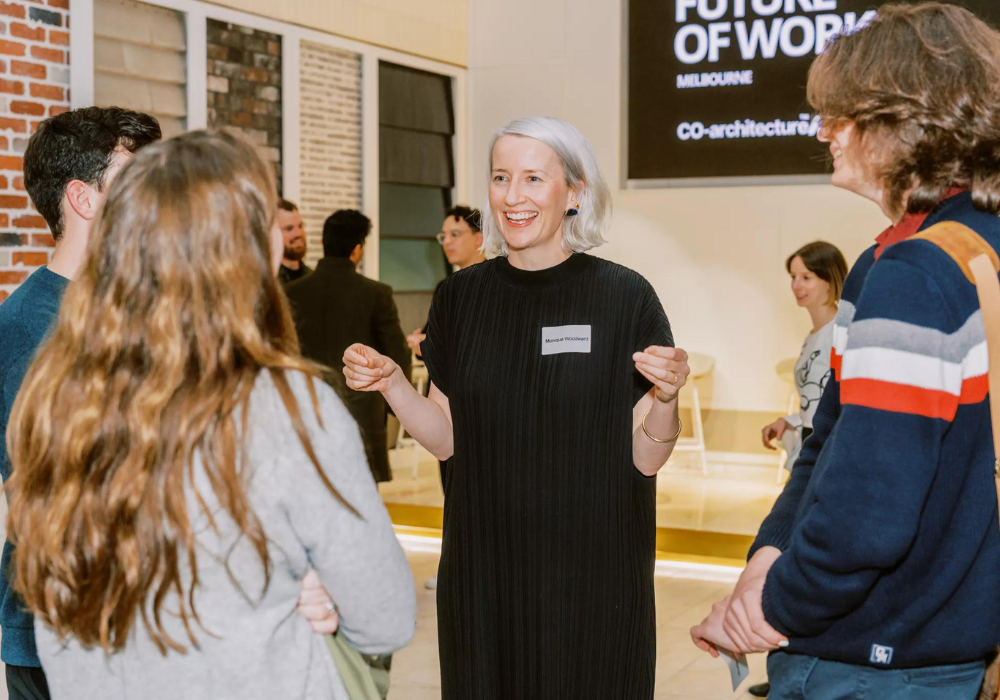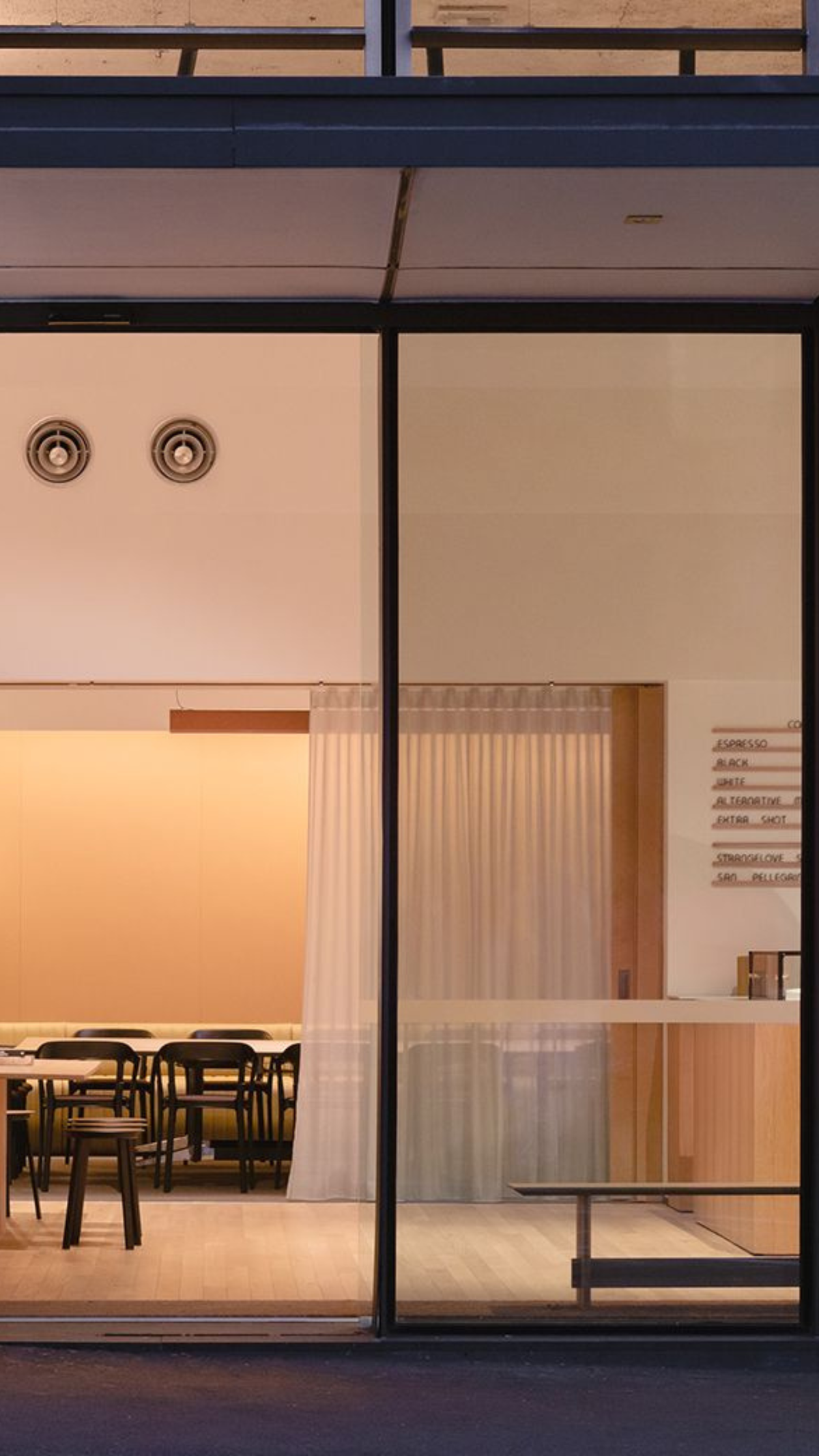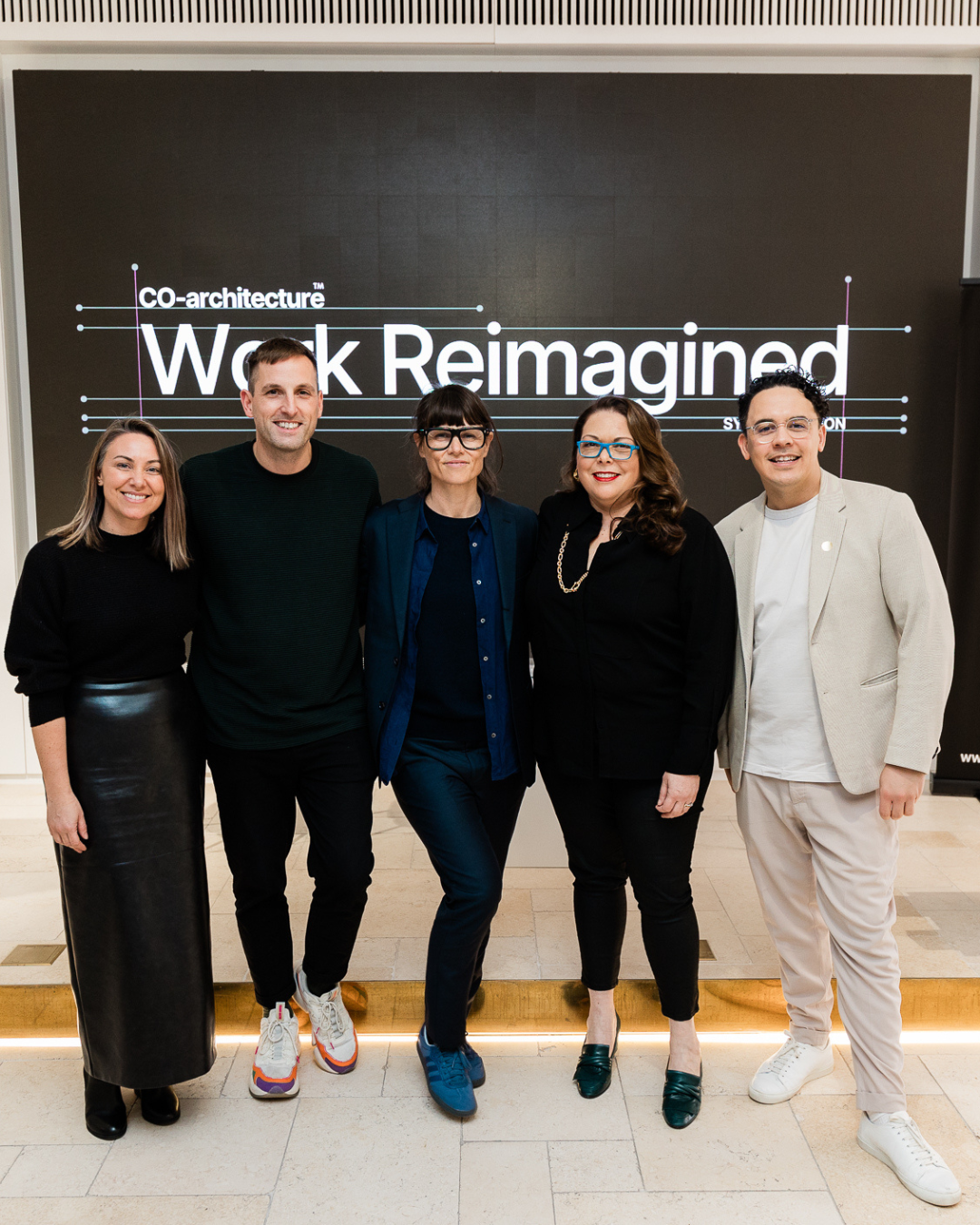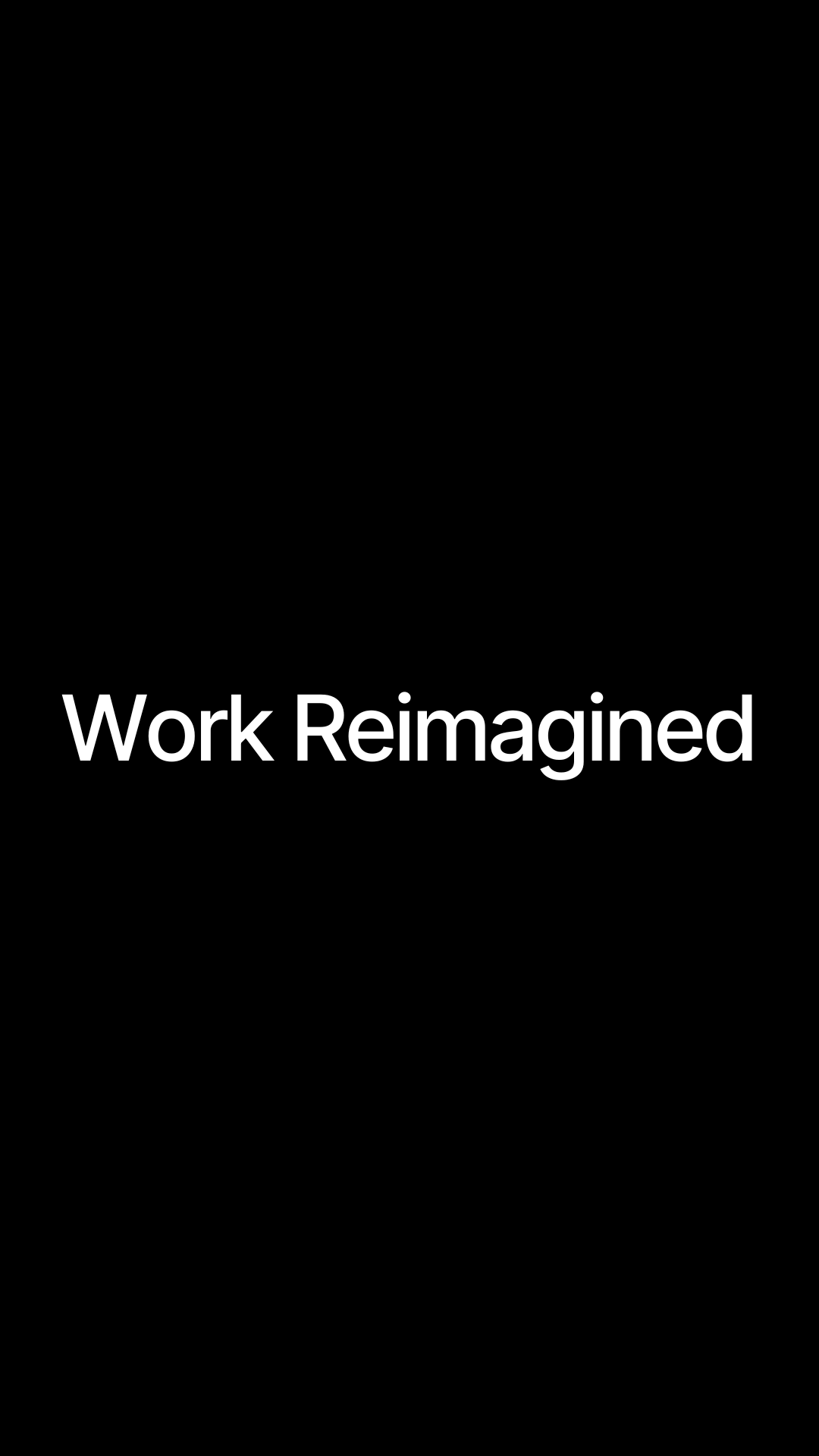Understanding the Gap
The disparity between academic training and the job market in architecture and design is arguably characterised by a mismatch in skills and expectations. Academic institutions often concentrate on theoretical knowledge and creative exploration, encouraging students to push the boundaries of design and architectural thinking. In contrast, the job market demands practical skills, technical proficiency, and an understanding of real-world constraints such as budgets, timelines, and regulatory requirements.

Key Differences
- Theoretical vs. Practical Focus: Academia promotes conceptual thinking, while employers require skills applicable to real-world projects.
- Technological Proficiency: There's a growing need for proficiency in advanced software and technology in the industry, which may not be adequately addressed in academic curricula.
- Project Management Skills: Professional work often calls for project management skills that are not emphasised in academic training.
Implications of the Gap
The consequences of this gap are multifaceted:
- For Graduates: New grads often find themselves ill-prepared for the practical demands of their jobs, leading to a challenging transition from study to work.
- For Employers: Companies might have to invest significantly in training new hires, impacting productivity and financial resources.
- For the Industry: The gap results in a slow pace of innovation and adaptation, as new talent struggles to integrate fresh ideas with practical application leaving the industry open to severe market disruption by external forces like AI.
CO-academy's Approach to Addressing the Study-Work Gap in Architecture and Design
CO-academy is actively addressing the longstanding gap between academic training and employment needs in architecture and design. Acknowledging the evolving demands of the industry and the challenges faced by new graduates, CO-academy's strategy focuses on creating synergies between educational theory and practical application. Taking a holistic approach that combines mentoring, and networking with curricular revisions that incorporate practical applications, industry-relevant skills, and internships within educational programs will better prepare graduates for the challenges of the professional world.
Yes, this gap presents significant challenges, but it also offers an opportunity for educational institutions, professionals, and the industry to collaborate and evolve. By aligning academic curricula with industry demands and fostering environments that support continuous learning and practical experience, this gap can be narrowed, benefiting both emerging professionals and the broader architectural and design communities.

Benefits to Employers from CO-academy's Approach
CO-academy's approach to bridging the gap between study and practice in architecture and design offers several tangible benefits to employers in the industry. By aligning educational outcomes more closely with the practical needs of the workplace, CO-academy is creating a pipeline of work-ready graduates, which in turn benefits employers in various ways.
Reduced Training Costs and Time
- Work-Ready Graduates: Graduates from CO-academy's programs come equipped with industry-backed practical skills, reducing the need for extensive on-the-job training. This translates to cost savings for employers in terms of both time and resources typically invested in training new hires.
Access to a Pool of Skilled Talent
- Specialised Skill Sets: With CO-academy's focus on current technologies and industry practices, employers gain access to a talent pool that is proficient in best practice systems and onboarding, which are often critical for project coordination and hitting the ground running in a new role.
Enhanced Innovation and Creativity
- Fresh Perspectives: Students from CO-academy, trained in both theoretical and practical aspects of design, bring innovative ideas and creative solutions to the workplace. This infusion of fresh thinking can drive innovation in design and problem-solving with less friction as graduates enter the workforce.
Improved Project Efficiency
- Practical Training: CO-academy students gain hands-on training through industry-led seminars during their education. As a result, they are better prepared to handle project timelines, client interactions, and the practical constraints of design projects, leading to improved efficiency in project execution.
Stronger Industry-Academia Collaboration
- Feedback Loop: Employers who partner with CO-academy can provide direct feedback to shape the curriculum, ensuring that the skills taught are aligned with industry needs. This ongoing collaboration creates a positive feedback loop that continually enhances the relevance of the education provided.
Long-term Industry Benefits
- Shaping Future Leaders: By hiring graduates who have been trained in a forward-thinking and holistic manner, employers contribute to developing future industry leaders. These professionals are likely to drive growth, sustainability, and innovation in the industry.
Network Expansion and Partnerships
- Collaborative Opportunities: Engaging with CO-academy allows employers to expand their professional network, opening doors for collaborative projects, research initiatives, and consultancy opportunities with both the academy and its graduates.
Employers stand to benefit significantly from CO-academy's efforts to align architectural and design education with the practical needs of the industry.
By fostering a workforce that is well-prepared, innovative, and efficient, employers can not only enhance their immediate project outcomes but also contribute to the long-term advancement of the architecture and design sectors.
The collaboration between academia and industry, as exemplified by CO-academy, presents a promising solution for the future. It signifies a step towards a more cohesive, efficient, and innovative industry, where the gap between education and employment is not a hurdle, but a stepping stone to greater heights of achievement and creativity in architecture and design.

How to get involved
For employers interested in getting involved with CO-academy's initiatives to bridge the gap between academia and employment in architecture and design, there are several avenues they can explore. These opportunities not only allow employers to contribute to shaping the future workforce but also provide them with access to a pool of talented, work-ready graduates. Here's how employers can get involved:
Partnering with CO-academy
- Internship Programs: Employers can collaborate with CO-academy to offer internship programs. This provides students with hands-on, practical experience while allowing employers to evaluate and shape potential future hires.
- Guest Lectures and Workshops: Industry professionals can participate as guest lecturers or workshop facilitators, sharing real-world insights and knowledge with students. This interaction enriches the learning experience and keeps the curriculum aligned with current industry standards.
- Curriculum Development: Employers can work with CO-academy to develop and refine the curriculum, ensuring that it includes the latest industry practices, technologies, and skill requirements.
Offering Real-World Projects
- Project Collaboration: Engage students in real-world projects or competitions. This not only provides practical experience for the students but also brings fresh perspectives and innovative ideas to the employers' projects.
- Research Partnerships: Collaborate on research projects that align with the employer's interests and needs. This can foster innovation and provide valuable insights for both the industry and the academic community.
Networking and Professional Development
- Networking Events: Participate in or sponsor networking events organised by CO-academy. This can be an excellent opportunity for employers to meet potential hires and introduce their company to a broader audience.
- Mentorship Programs: Establish mentorship opportunities where experienced professionals from the industry guide and support students or recent graduates, helping them navigate the transition from academia to employment.
Continuous Engagement and Feedback
- Advisory Roles: Take on advisory roles within CO-academy to continuously provide feedback and suggestions that help keep the academy’s offerings relevant and beneficial to the industry.
- Feedback and Evaluation: Regularly provide feedback on the performance of interns or project participants, which can be used to further improve the programs and the curriculum.
Investing in Future Talent
- Scholarships and Grants: Offer scholarships or grants to students who show promise in the field of architecture and design. This not only supports students financially but also helps in building a relationship with potential future employees.
- Talent Scouting and Early Recruitment: Get involved in talent scouting initiatives, identifying promising students early and offering them opportunities post-graduation.
By engaging in these collaborative efforts, employers not only contribute to shaping a more robust and industry-ready workforce but also benefit from early access to emerging talent, fresh ideas, and the latest in academic research and development. It's a mutually beneficial partnership that strengthens both the industry and the educational system.








